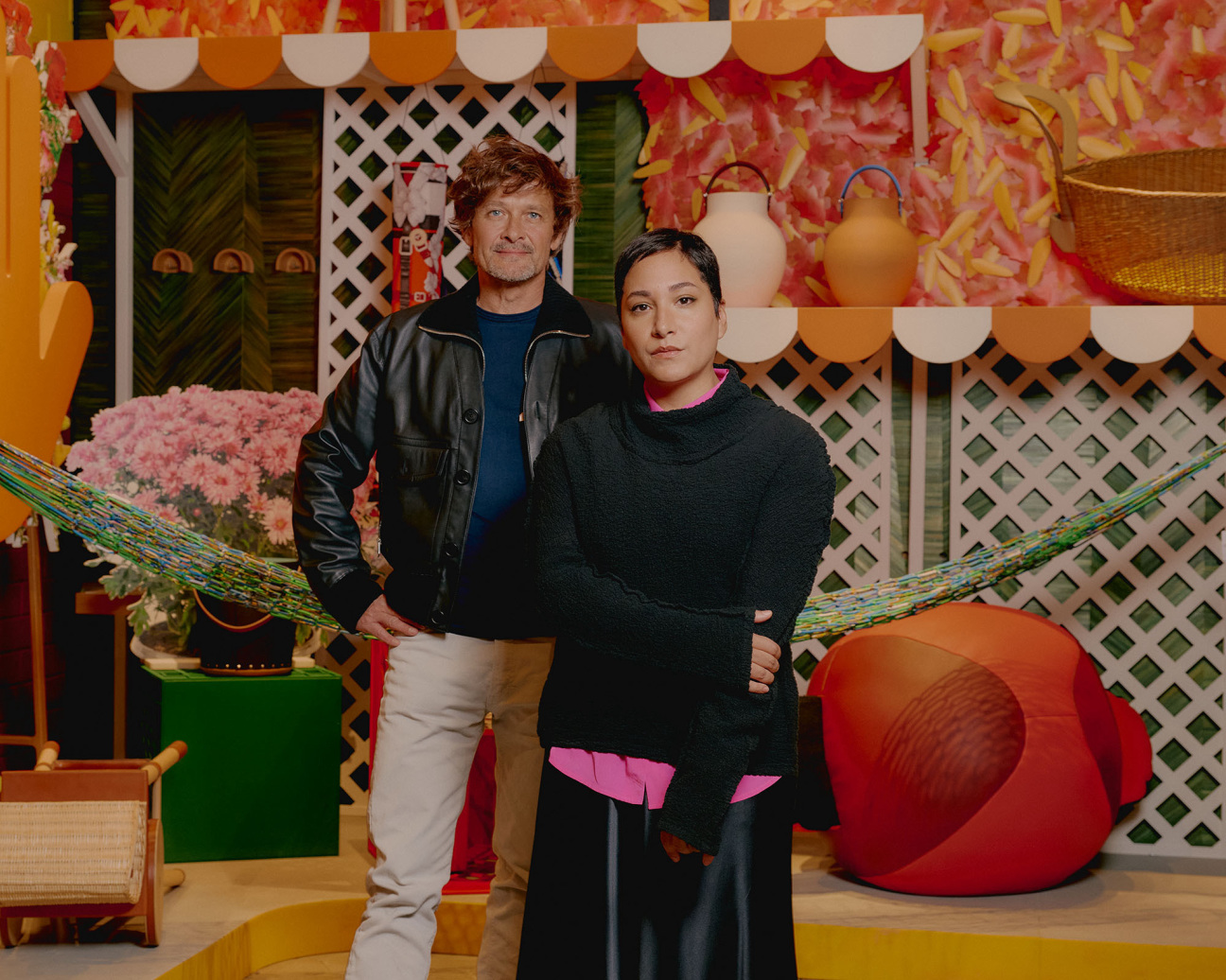
Designer Godefroy de Virieu works in reverse. It’s the signature of Petit H, the Hermès studio he creative directs, which pulls scraps and other cast-off items from the house and then turns them into whimsical, often one-off objects. Materials inform design, rather than the other way around. Leather trimmings become keychains, a bit of a horse’s saddle is turned into a chair, a Kelly handle tops a vase. Now, New Yorkers can take a trip through the eccentric studio Stateside with the opening of the Petit H pop-up at the brand’s Madison Avenue outpost.
The store has been taken over by an expansive installation from local artist Lucia Hierro, who brought the singular character of the city indoors with outsized signage for neighborhood businesses, a jumbo takeout bag, a subway stop entrance, and more. The question she built her designs on was, as Hierro shared during a panel with de Virieu and U.S. President Diane Mahady, “What are our shared experiences in New York?”
As the first guests weaved their way through Petit H’s creations, and their newly redesigned home, de Virieu and Hierro sat down with CULTURED to offer an exclusive look behind-the-scenes of Madison Avenue’s most eclectic collaboration.
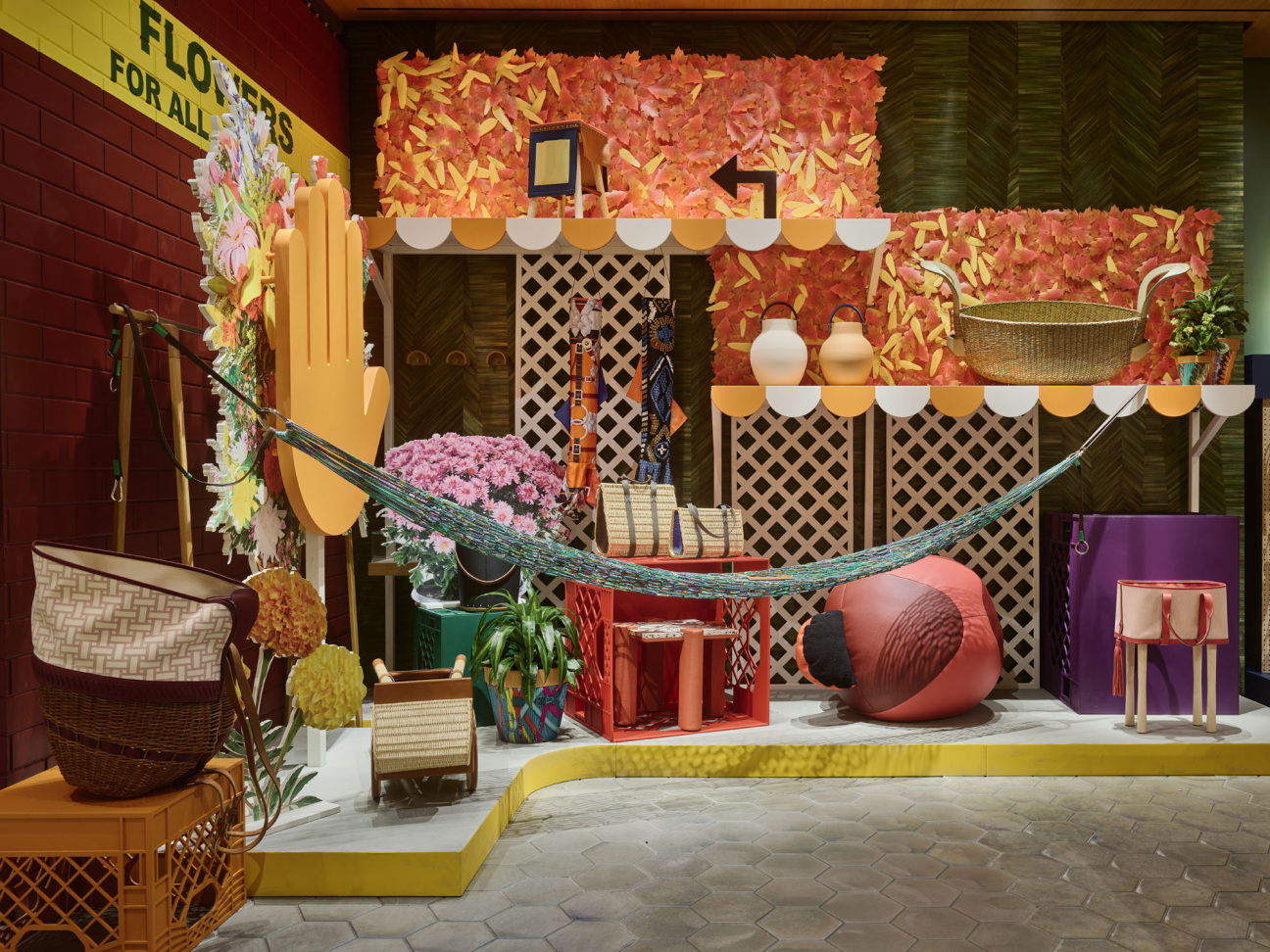
CULTURED: How have you seen Petit H grow or change in your time being here?
Godefroy de Virieu: It's such a particular process as a designer. Usually you have project specifications—they ask you for a project and you draw it. Petit H is the reverse. You start from the material then you go to the objects. When the artists come to the workshop to work with us, I just say, “Don't draw, please, because it's not the story. Please look at the material, try to just connect it in your mind to find a new way, a new story, a new utility.” I'm used to it because it's been like six years—I work like that. Now, I can't throw anything away.
CULTURED: Do you find that the designers or people that come to collaborate with the studio are surprised by that process, or is it easy for them to dive in?
De Virieu: No, it's not at all because they’re designers and they like to have specifications. They like to know, “Okay, we need a chair. Can you draw us a chair?” This is a very particular exercise. You need to have intuition, an abstract goal. It's not very easy for people. Sometimes people come, we discuss, they like the workshop, but they can't do a project.
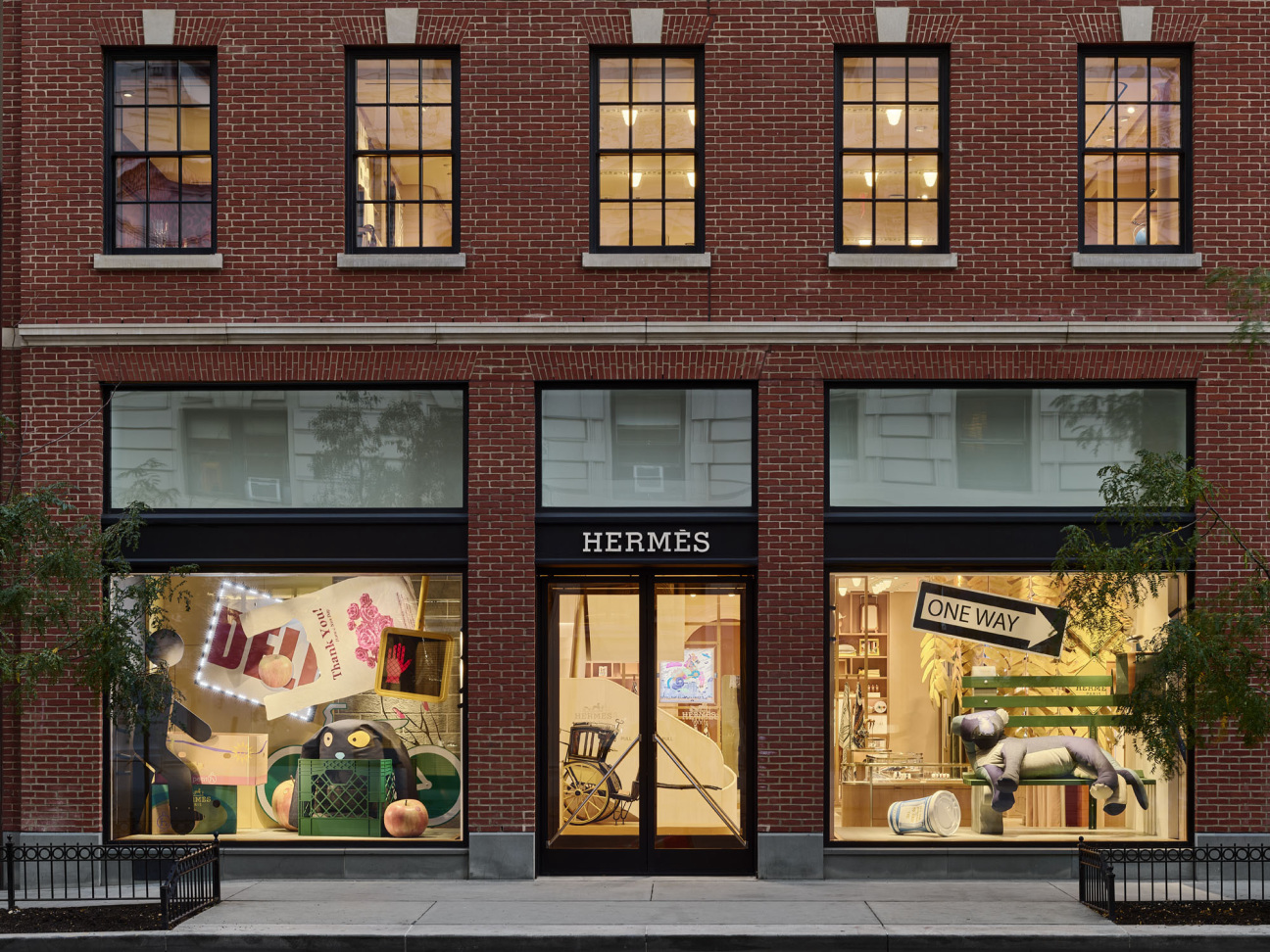
CULTURED: Lucia, did you get to visit the studio, or how did you kind of come to understand the work that they were doing?
Lucia Hierro: Yeah, they invited me to go see it. It's not what I imagined. I did have a sort of caricature in my head of what it was all like and funnily enough, it exceeded expectations—just all the materials, all the beautiful colors. They're so lively already that you're trying to figure out, What else could I possibly add to this thing that's already so fun and looks so cool? Visiting the space was really important when it came to that.
CULTURED: The installation was such an interesting mix of almost high and low, being at Hermès and having these local signs that you would just see in your neighborhood. How did you think about mixing the language that you typically use in your work and the places you usually pull from with a project like this, and what people are used to seeing in a space like this?
Hierro: I think there's a parallel story going on, right? When I say “high low,” I usually put quotes around it because that's subjective. There's a high price point on something but that may not always be its true value. For a long time, the conversation, especially in art school, is that craft is something different from fine arts. [You’re] thinking of artisans as the worker, the guy who's making pants, the guy who's making the belt buckle and shoelace, that functional design is somehow less than these glorified art objects. I always had a problem with that, and that’s why my materials are more craft-based.
I think the elevating of my culture is the same as you [de Virieu] wanting to elevate artisans, the people that are upholding the tradition that would otherwise die if people didn't keep it alive. New York is shaped by all these different cultures. We wouldn't be who we are without all of it. This is an immigrant city. We're literally by a port. My work is [about] the things that we take for granted. We might take for granted the person that makes our clothing or the person that designs this model. We take for granted the workers and the people in New York that actually keep this city going.
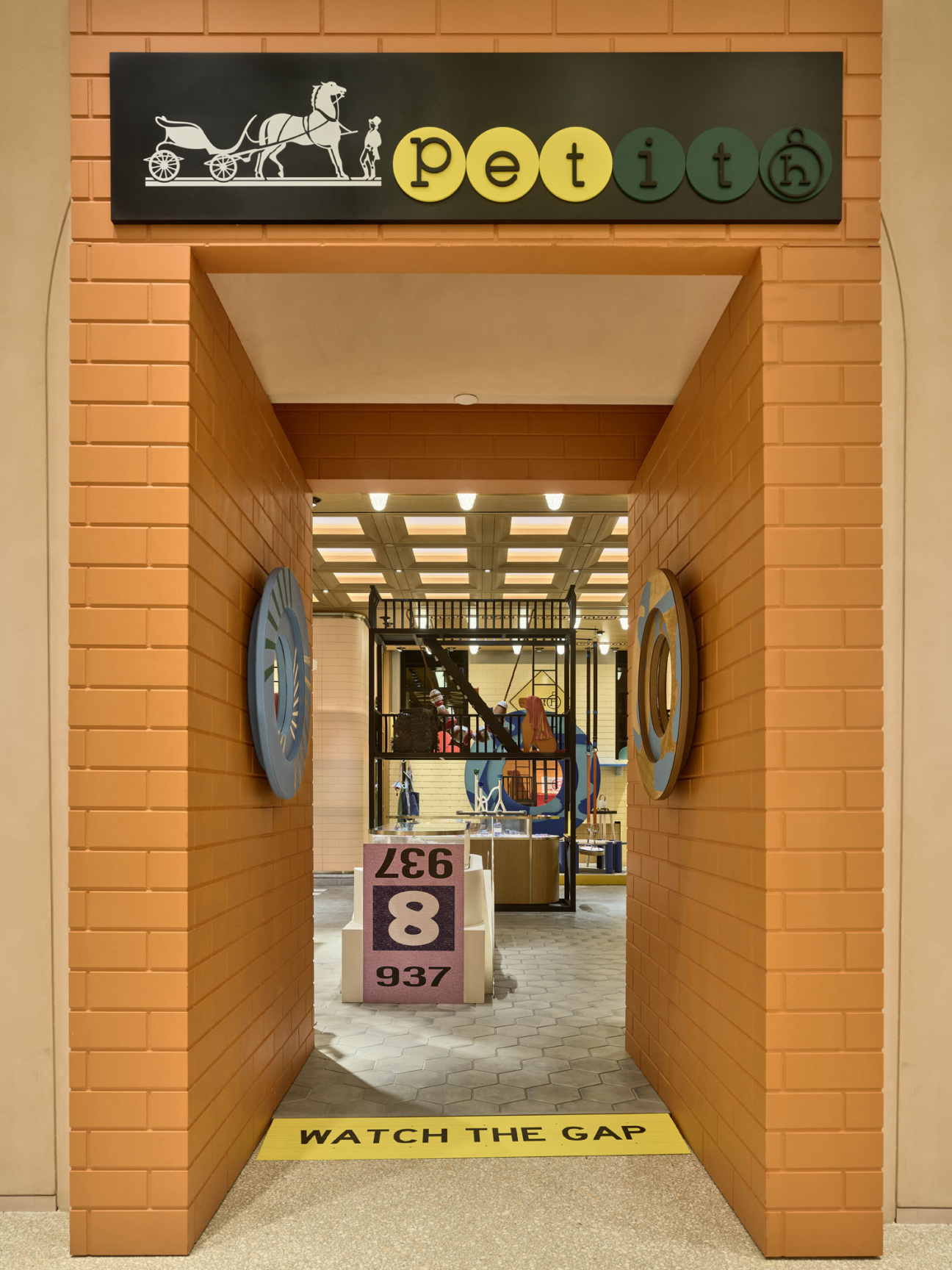
CULTURED: Godefroy, I'm wondering if there has been a material that came into the shop that, as soon as you saw it, you knew what you wanted to do with it.
De Virieu: That's the case of the guitar. I didn't even know what a saddle tree was. A guy called me and said, “Okay, we have a 15 saddle trees in the workshop. We are going to throw them away. Would that interest you?” It's the bone of the saddle. The story is fun because I bought a house in Burgundy, where I have my workshop. I went to the kitchen and said to my daughter, “I just received this.” She was like 10 years old—now, 14 years old. We were speaking, having dinner together, and suddenly the saddle tree was there. I remember saying, “You know, it's just like a guitar.” Some things are immediate ideas, sometimes it takes years and years to develop. But it gives us lots of energy when the idea is good.
I spoke yesterday with JJ Lin, who is a famous guitarist who bought the guitar, and he's going to play on stage with it. For me, it's one of the most grateful things, and it moves me a lot because the object is part of the daily life. It's really nice when the object is not a decorative object—it's more useful. I love the utility of the objects. I was really, really happy to speak with him. He hadn't seen yet that we took a button from the ready-to-wear and made the pick with it. It was great to show that to him. He was so happy.
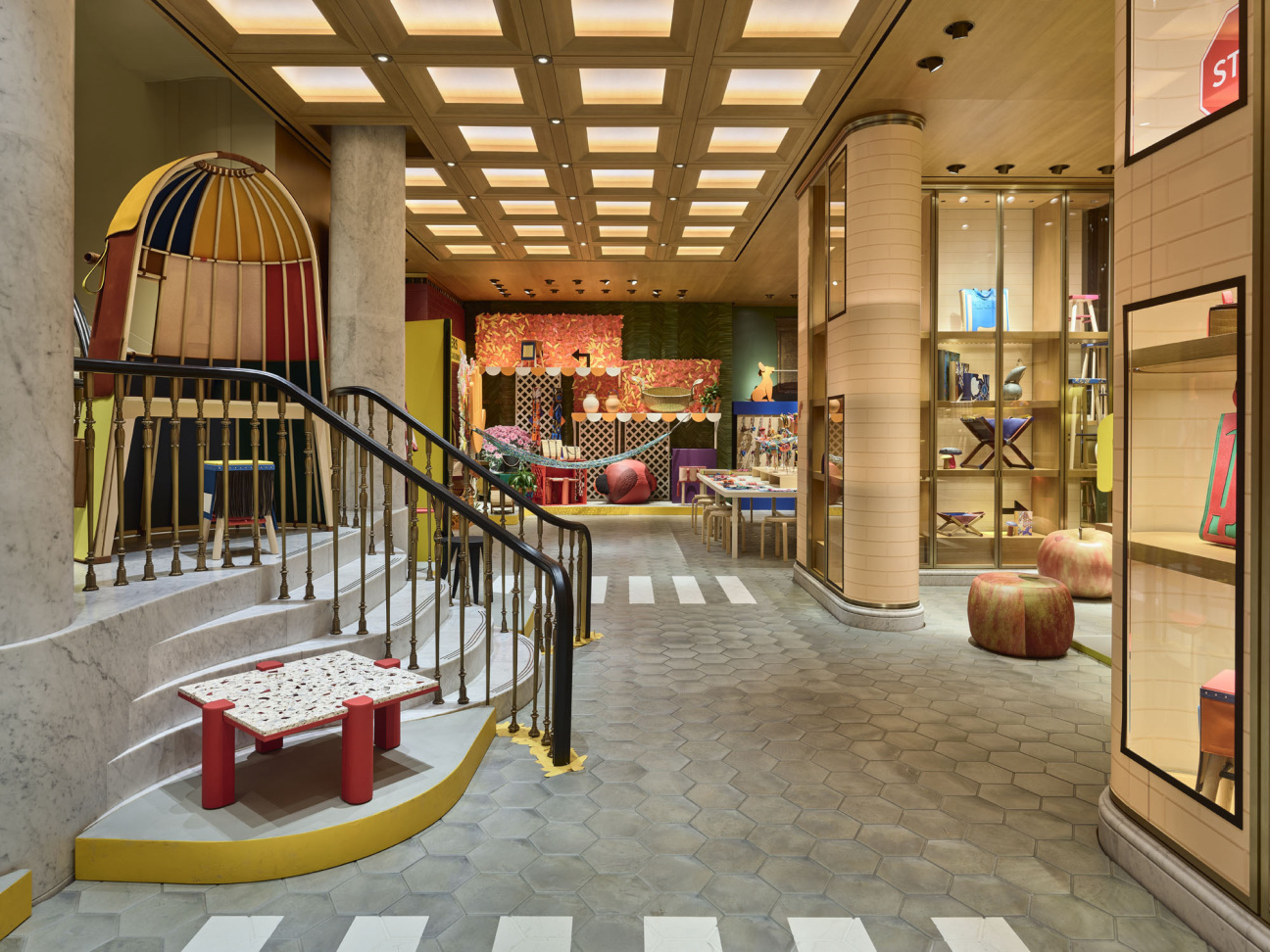
CULTURED: Has that ever happened to you Lucia? Seeing something out and about, and you're like, “I got it.”
Hierro: I'm the most annoying person to walk around New York with. I stop everywhere to [take pictures], and it's always something no one is paying attention to. In my neighborhood, they think I'm a weird person, like, “What are you taking a photo of?” And then their business ends up in one of my installations, and I'll show them, and there's been a few times where people have gone to my museum shows.
De Virieu: This is the similarity that we have with Lucia as well because, for example, that saddle tree, if you don't pay attention to it, it stays as it is. But if, suddenly, that piece makes you dream, it becomes a guitar.





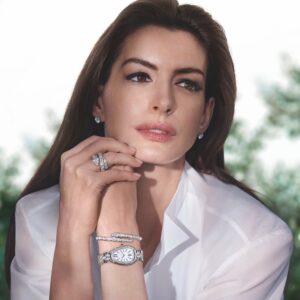




 in your life?
in your life?

